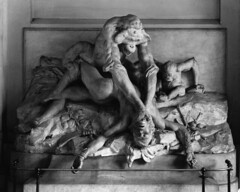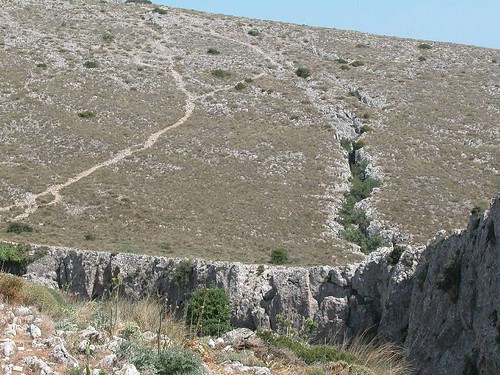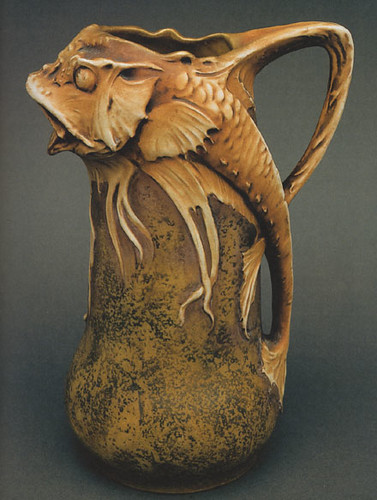The image above is Xanadu in Calpe, Alicante (1969-1983), a surreal structure designed by Ricardo Bofill where the action of Jess Franco‘s 1980 Sade appropriation Eugenie, historia de una perversión is set. Robert Monell remarks that “this labyrinthine structure boggles the eye and teases our sense of perspective. This interior can be seen, shot from a radically different angle, in 1973’s The Perverse Countess.” Bofill’s design for the Catalan resort of Xanadu consists of a seven-story block with cubical living spaces arranged around a central utility core. Franco used this structure several times [1], [2].
Of all the “Euro trash” exploitation directors (I’m not counting Alain Robbe-Grillet, that’s artsploitation), Jess Franco had a knack for finding good interiors and exteriors. One of his films is set in Park Guell of Gaudi, but there are undoubtedly countless other examples to be found.
Of related interest is The Wrong House exhibition, on Hitchcock and architecture, currently showing in Antwerp.











